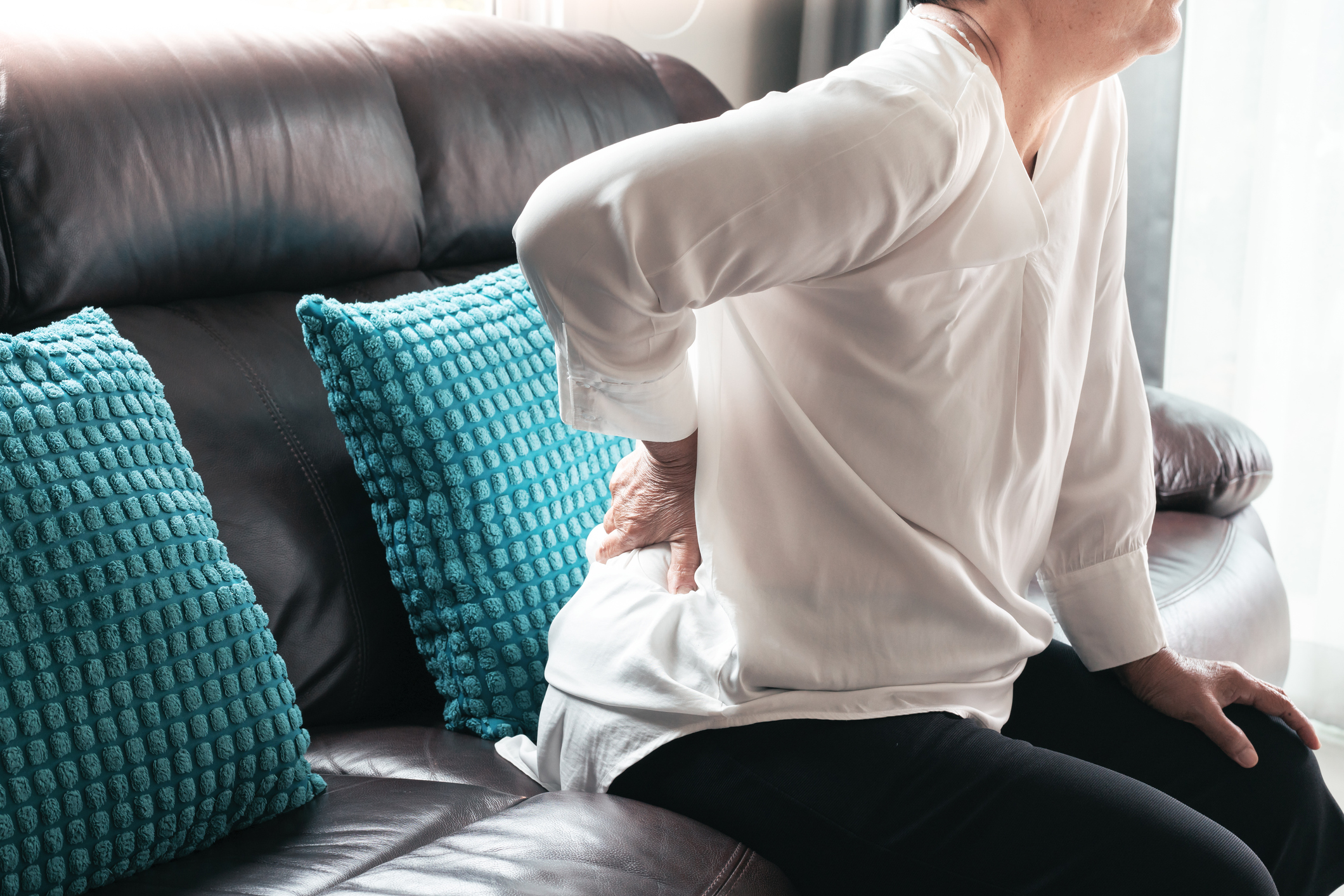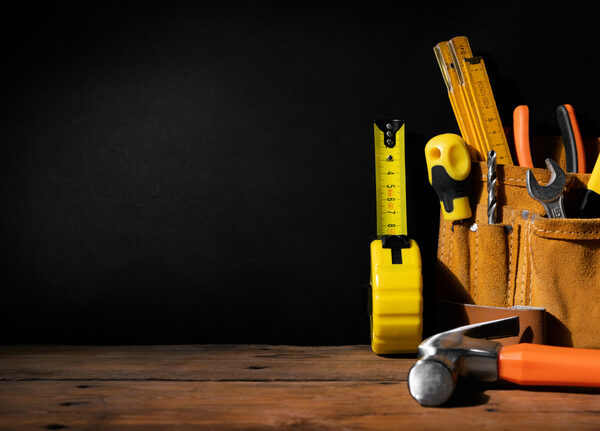Whether overdoing the gardening or twisting the wrong way in bed is the cause, many older adults begin to experience occasional or even chronic back pain. But there are some less obvious lifestyle habits that contribute to discomfort, worsen disc degeneration and aggravate back pain.
According to a recent AARP Health report, a leading cause of back pain is too much sitting. Not only does a sedentary lifestyle contribute to back stiffness and pain, but muscle spasms resulting from sitting too much can also extend to the hips and sacroiliac joints. To counteract the effects of sitting, it’s important to get up and stretch every couple of hours and participate in regular physical activity that includes core strengthening exercises to support the spine.
Smoking also contributes to chronic back pain by restricting blood flow to the spine, resulting in premature aging of the discs. With age, fluid between the discs of the spine is lost and discs tend to collapse causing stiffness and an increased risk for injury. Smoking also hinders the healing process and because of this, some health insurance companies won’t approve spinal fusion surgery for smokers.
We know that stress causes all sorts of problems in the body and many people carry their stress in their neck and shoulders which can refer pain down into the back. In stressful situations, try to breathe deeply, drop shoulders down away from the ears, and relax any tension in the neck or jaw. A walk around the block and some gentle stretching can also help tamp down stress, calming the body’s inflammatory response that can worsen back pain.
A good night’s sleep can not only help with daytime mental performance but is also key to overall good health and well-being. A plush mattress may feel luxurious but a medium-firm to firm mattress provides better support, helping to prevent back pain. If your mattress is older than five years or you sink into the mattress, replacing it with a firmer mattress may help reduce chronic back pain.
Our feet are the foundation of our posture and wearing sturdy, supportive shoes helps align the spine and prevent back pain. A good arch support with a medium firmness helps to prevent back, foot and knee pain. Avoid flip flops, high heels and shoes with heavy wear that make the soles uneven.
With any kind of acute or chronic back pain, talk with your doctor who may refer you to a specialist or a physical therapist. Follow this link to the Mayo Clinic for a slide show of back exercises and stretches that can help manage pain, improve flexibility and strengthen supporting muscles. Tip: most basic yoga classes incorporate many of these exercises that help maintain spine health, core strength, flexibility, and mobility.






Add Your Voice
0 Comments
Join the Discussion